TUSCALOOSA, Ala. — The 2024 CIROH Science Meeting, held from Oct. 14 to Oct. 17, brought together leading experts in hydrologic science, federal partners and key stakeholders to discuss the future of water research and prediction. Over four packed days, the event focused on collaboration, innovation and real-world solutions while keeping CIROH’s overarching goals front and center.

Setting the Stage
The meeting kicked off Monday, Oct. 14, with CIROH Executive Director Steve Burian and Deputy Director Sagy Cohen welcoming participants and setting the tone for the days ahead. The opening “State of the Cooperative Institute” address highlighted CIROH’s accomplishments over the past year, reaffirming its leadership in hydrologic science and forecasting.
Keynote speaker Jack Dangermond, president of Esri, followed with a discussion on the future of geospatial technologies in hydrologic forecasting.
“It’s worth contemplating what it means to live in this complex, living and rapidly changing world,” said Dangermond. “We know that as a body of humans, we are innovating constantly, optimizing for our own interests. Of all the systems that need to connect, it’s all of our water and geography systems.”
His presentation set the stage for a recurring theme throughout the meeting: how cutting-edge technology and interdisciplinary collaboration can push water research into exciting new directions.
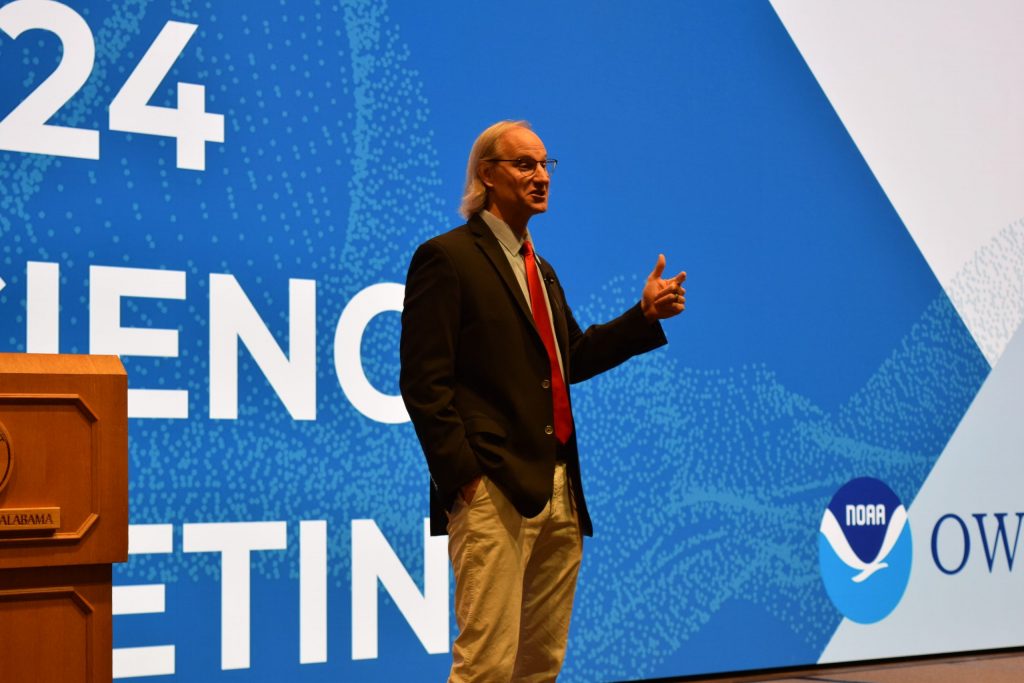
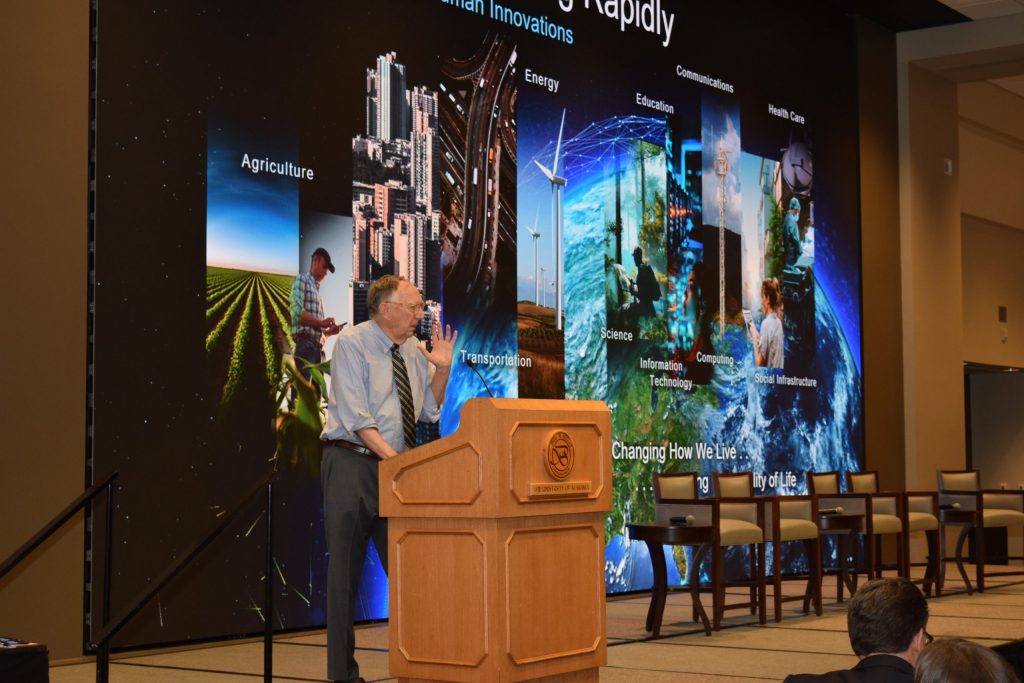

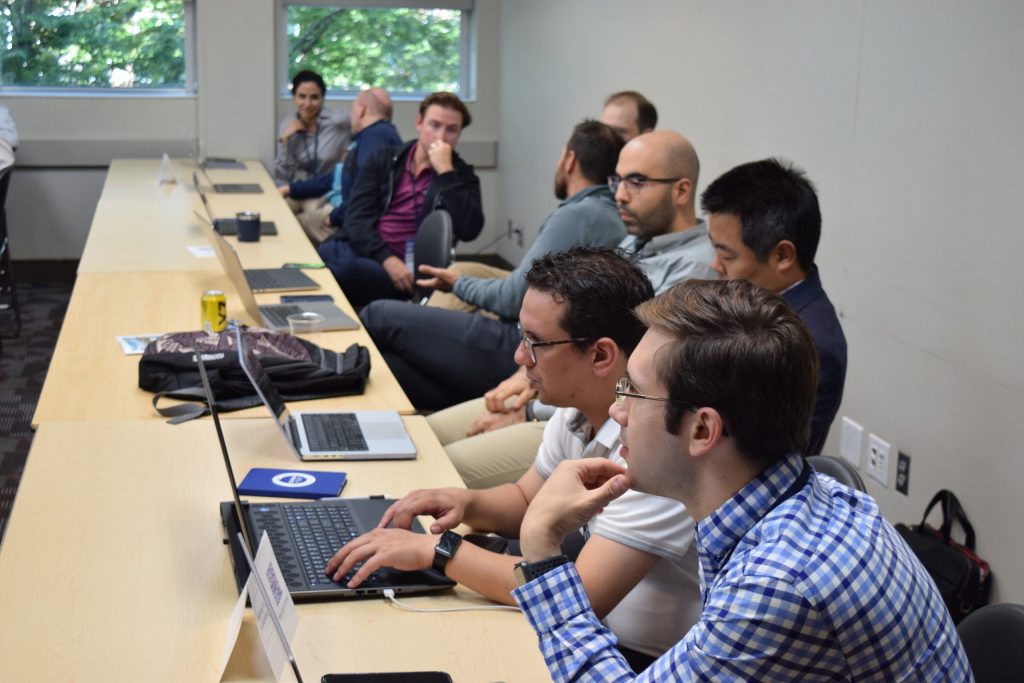
Themes of Collaboration and Innovation
Collaboration took center stage at this year’s Science Meeting. From roundtable discussions to working group sessions, participants were encouraged to engage in cross-disciplinary conversations.
The roundtable discussions allowed experts to dive into areas like prediction systems and community modeling. This wasn’t just a research presentation—it was a real-time exchange of ideas to help advance hydrology.
Working group breakout sessions took these conversations further, enabling hands-on collaboration and deeper exploration of topics such as hydroinformatics and forecast design. The high energy in these sessions reflected the excitement surrounding advancements in hydrologic modeling and artificial intelligence integration.
Showcasing Progress: Project Reports and Poster Sessions
Day two shifted gears with teams presenting their progress on community-driven water model development. These sessions offered insights into ongoing projects shaping the next generation of water resources management. CIROH is not just contributing to water research; it’s leading the charge in integrating new technologies.
The poster sessions highlighted the depth and diversity of CIROH’s research. Researchers showcased everything from hydrologic instrumentation to nature-based solutions for community resilience, sparking conversations and collaborations across disciplines. Attendees also had the opportunity to connect with emerging scholars and innovators, share insights and expand their networks.

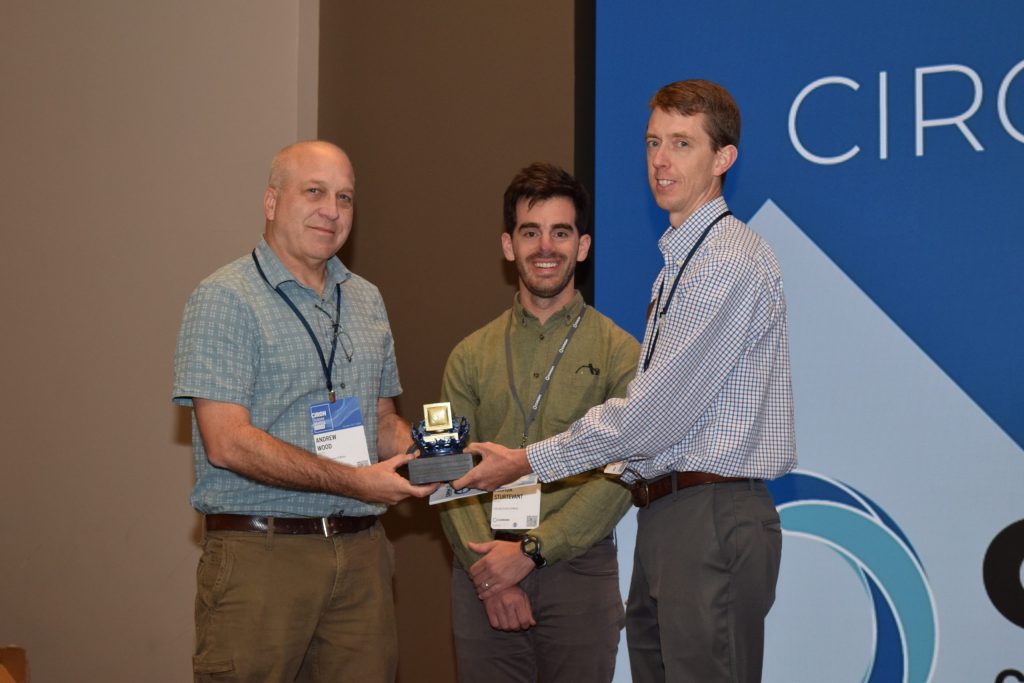
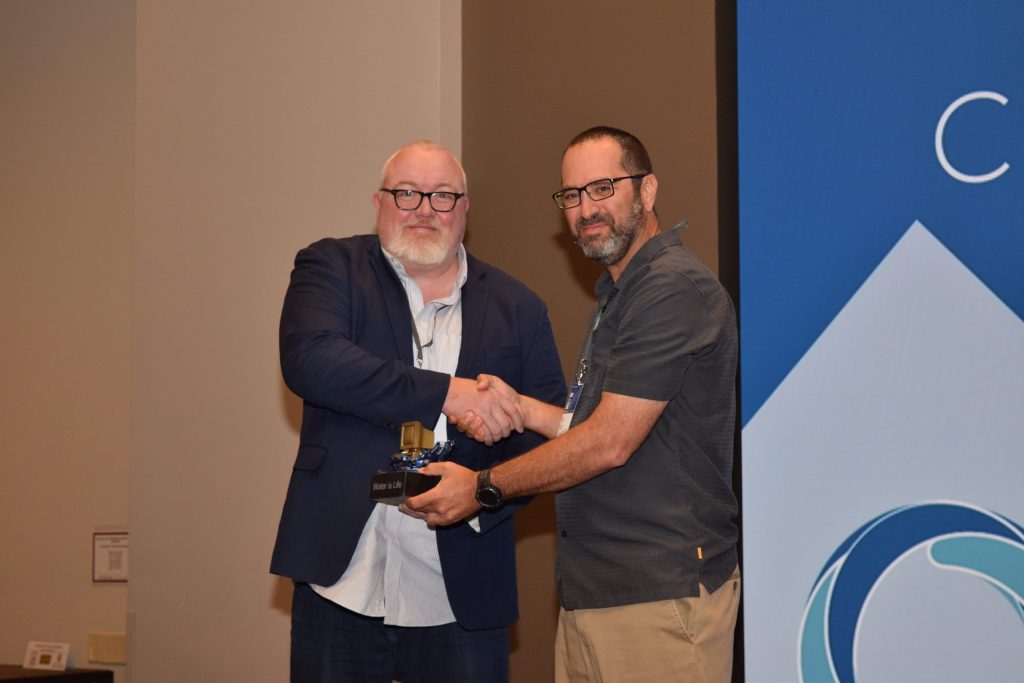


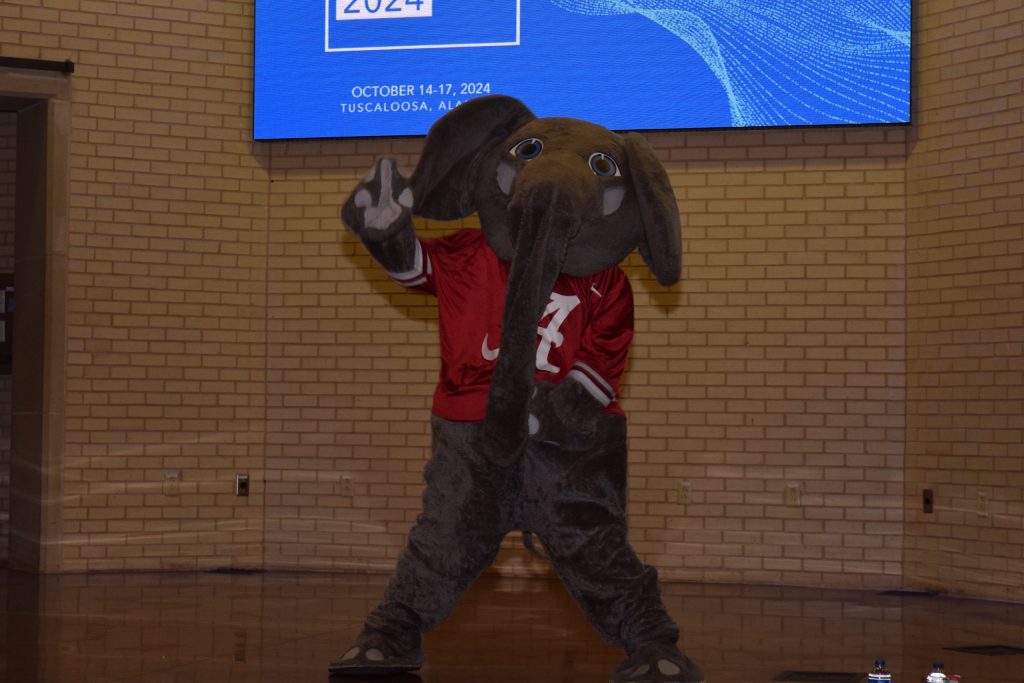


Engaging Federal Partners
Keynotes from federal agency representatives Edward Clark of NOAA’s National Water Center and Christopher Wilson of the USGS Hydrologic Instrumentation Facility (HIF) underscored the importance of aligning federal priorities with CIROH’s goals. Discussions focused on how CIROH’s research can help support national water management strategies, emphasizing the need for strong partnerships between academic research, federal agencies and the private sector.
Conversations eventually turned toward the recently established USGS HIF at The University of Alabama.
“How can we collect data faster, more accurately, more precisely and with less uncertainty? How can we create the sensors and instrumentation to collect that data?” questioned Wilson. “If high-quality data is the foundation of research, that makes the HIF the platform for innovation.”
The Thursday town hall sessions reinforced these connections, offering an open forum for dialogue between CIROH researchers and federal partners like NOAA, USGS and the U.S. Army Corps of Engineers. These sessions were essential in ensuring that CIROH’s work both informs and contributes to broader national water management priorities.
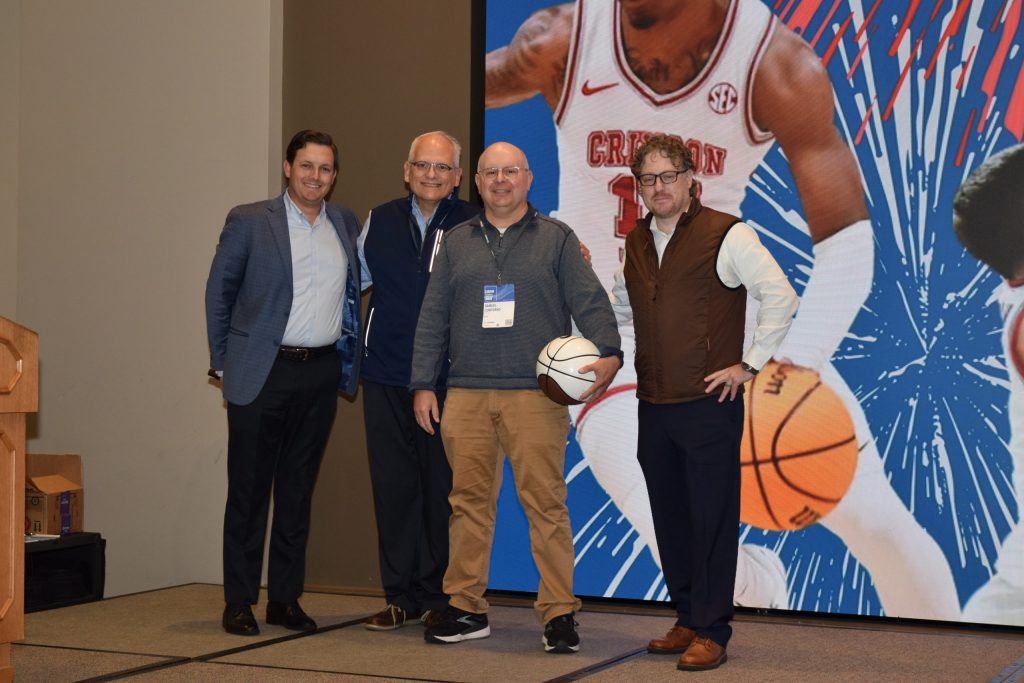

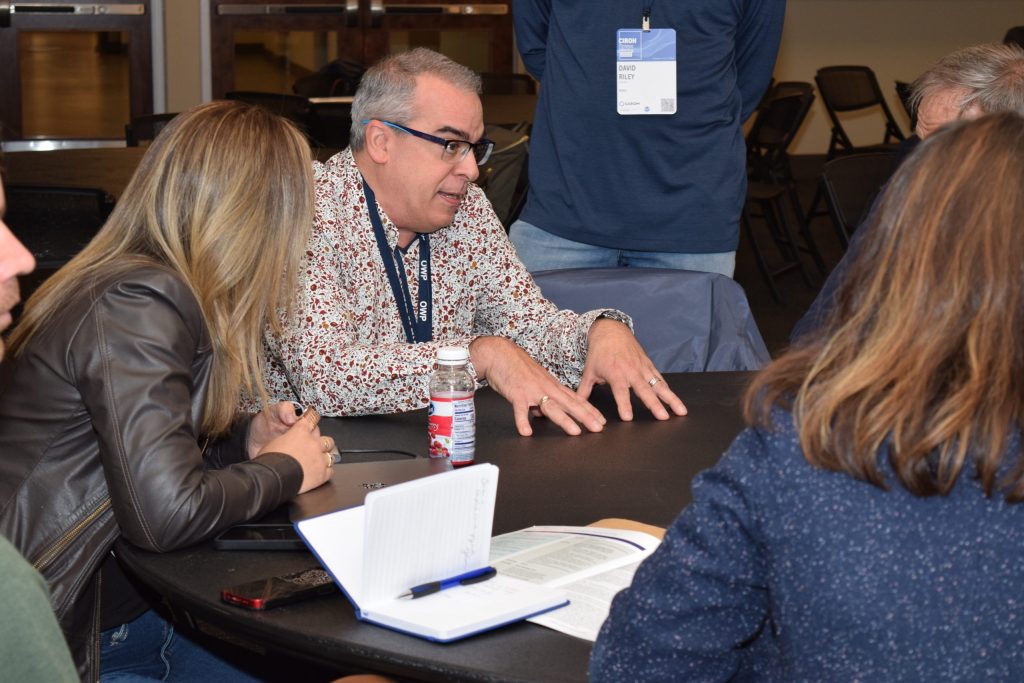
Looking Forward: Lightning Rounds and Next Steps
The meeting wrapped up with a look ahead to CIROH’s recently launched research projects, offering a brief but exciting preview of what’s on the horizon. From AI-driven innovations to crisis preparedness and water quality modeling, the range of upcoming projects reflected CIROH’s expansive mission.
“This year’s Science Meeting connected the CIROH research community with more than 50 dedicated operational hydrology professionals from across the nation,” said Burian. “This fusion of innovative research ideas and practical needs generated CIROH’s next wave of projects that will benefit hydrologic forecasting and advance the development of graduates with advanced skills and practical capabilities.”
Throughout the meeting, one key theme was clear: the future of hydrologic research hinges on collaboration, innovation, and real-world application. Whether through the adoption of new geospatial technologies, the integration of AI into hydrologic modeling, or continued partnerships with academia, federal agencies and the private sector, CIROH is driving the future of water research.

Conclusion
The 2024 CIROH Science Meeting showcased the institute’s unwavering commitment to advancing water science. More than just a conference, it was a convergence of ideas, expertise and passion for water resources. As CIROH continues its mission, the discussions and collaborations from this meeting will undoubtedly fuel groundbreaking research and drive meaningful solutions for years to come.
About CIROH
The Cooperative Institute for Research to Operations in Hydrology (CIROH) is a NOAA Cooperative Institute hosted at The University of Alabama and supported by the National Weather Service. As a unique national consortium with 28 partner institutions, CIROH unites academic, government and private sector partners to co-produce research that enhances operational water prediction capabilities and informs critical decision-making for issues like floods, droughts and water quality. Through its interdisciplinary research, educational initiatives and outreach programs, CIROH advances NOAA’s water prediction services, equips the next generation of water-resource professionals with essential skills and fosters public and stakeholder engagement to support federal agency needs. CIROH transforms scientific innovations into practical solutions that promote community resilience, sustainable water resource management and impactful support for decision-makers and communities across the United States.
For more information, please visit the CIROH website.